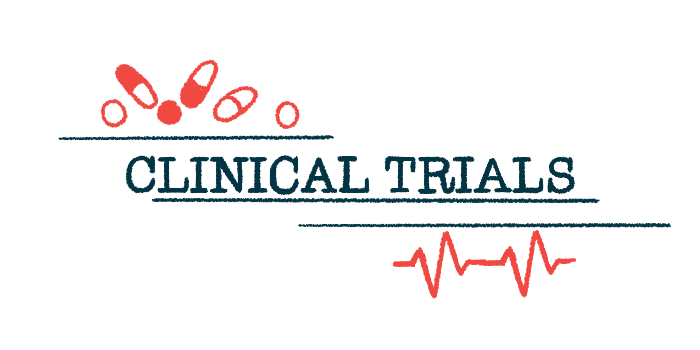Experimental oral therapy GRI-0621 may stabilize lung function in IPF
Top-line data from ongoing study expected later this quarter

GRI-0621, an experimental oral therapy for idiopathic pulmonary fibrosis (IPF), may stabilize lung function, according to an interim analysis of an ongoing Phase 2a study.
Forced vital capacity (FVC), a measure of how much air a person can forcibly exhale, didn’t worsen during the first six weeks of the clinical trial (NCT06331624). The company recently reported additional interim findings suggesting the therapy is safe and had reduced molecular markers of scarring, or fibrosis. Results had also shown that collagen, an essential protein in scar tissue, was being degraded more and produced less.
“The FVC data after 6 weeks of GRI-0621 treatment support the improvements in serum [blood] biomarkers of collagen remodeling reported earlier,” Marc Hertz, PhD, CEO of GRI-0621 developer GRI Bio, said in a company press release. “We look forward to our [top-line] data expected later this quarter.”
GRI-0621 tested against a placebo in nearly 35 patients
IPF is a type of pulmonary fibrosis, a condition in which scarring in the lungs makes breathing more difficult. In IPF, a progressive disease, the underlying cause of this scarring is unknown.
Type 1 invariant natural killer T (iNKT) cells, a type of immune cell that helps regulate inflammation, may help drive fibrosis in IPF. GRI-0621 aims to inhibit iNKT cells, reducing their activity.
In the Phase 2a trial, the company is testing GRI-0621 against a placebo in nearly 35 IPF participants. Daily treatment will continue for 12 weeks. While the primary endpoint is the medication’s safety and tolerability, investigators will also assess biomarkers and lung function.
The present analysis includes data on the first 24 participants to complete six weeks of treatment. Over this time, participants showed no worsening of FVC.
“Given the short duration of treatment and small sample size, these findings are not unexpected,” said Toby Maher, MD, PhD, a professor of clinical medicine at the University of Southern California in Los Angeles. “We look forward to seeing longer-term data, particularly given that the biomarker findings suggest a net anti-fibrotic effect of GRI-0621 in patients with [idiopathic pulmonary fibrosis].”
This analysis of fibrosis biomarkers also occurred in the first 24 participants to reach the six-week mark. In addition to finding overall decreases in markers of scarring, GRI Bio reported changes in the extracellular matrix, a network of proteins and other molecules that support cells and accumulate excessively in fibrosis. According to the company, these changes suggested a possible mechanism of fibrosis repair.
Another interim data set from the same participants and time point concluded that GRI-0621 was well tolerated among participants. An independent data monitoring committee, made up of outside experts to ensure safety in the trial, has recommended the study continue as planned.








